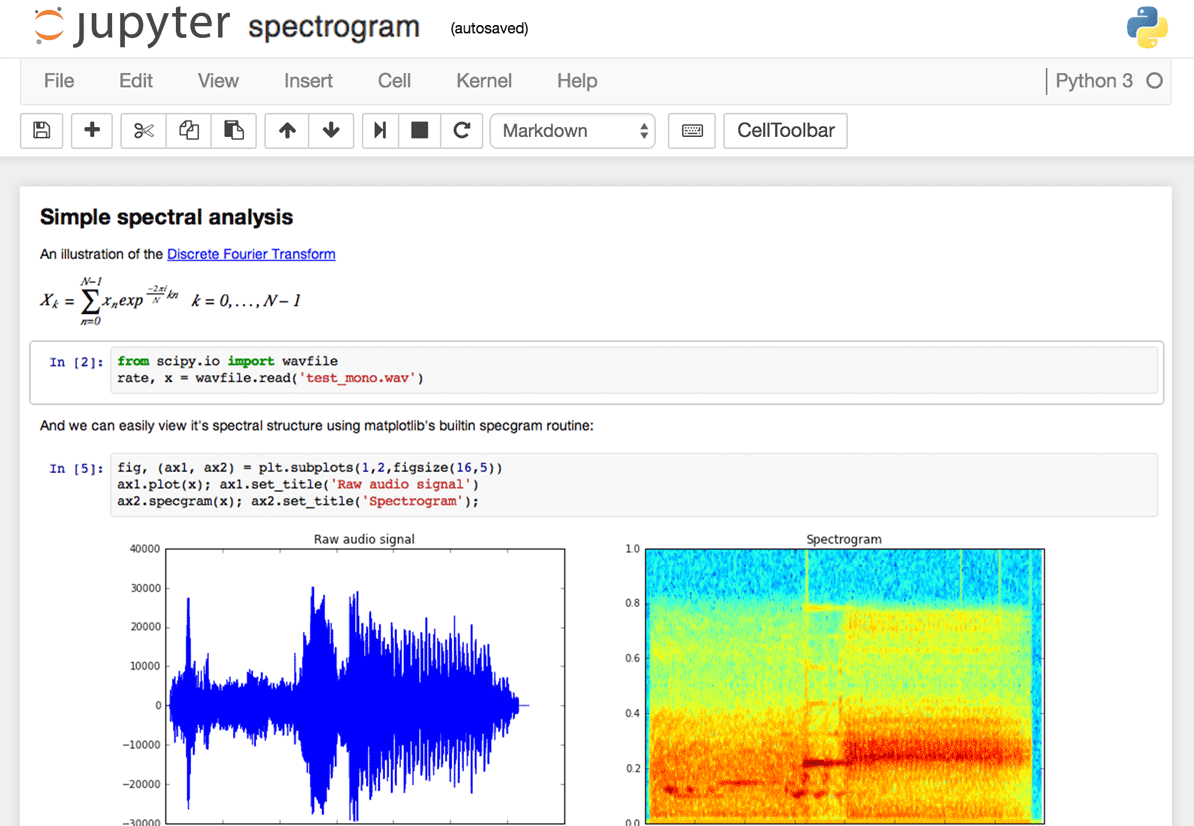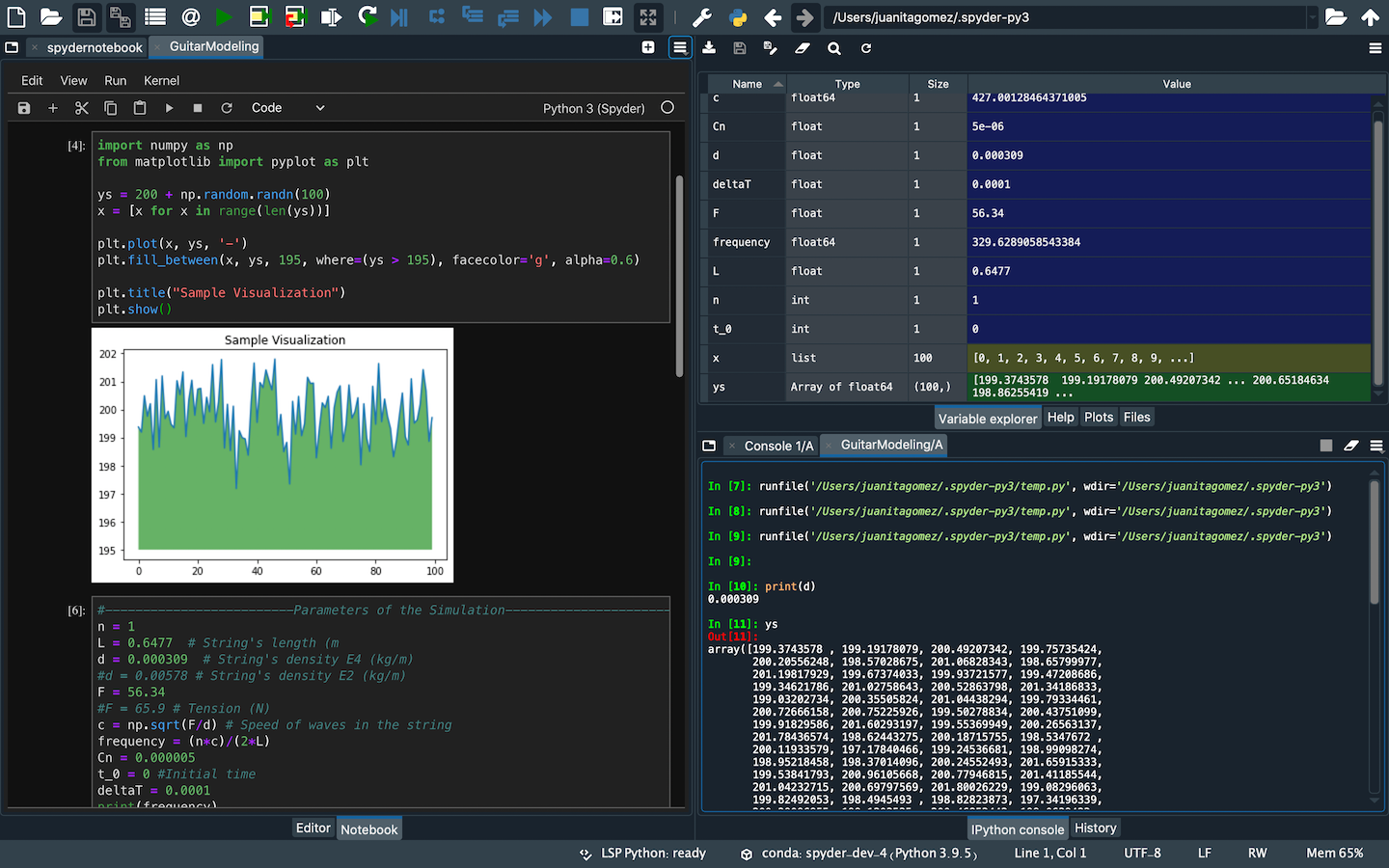

Accessing data from the file system on your machine, data preprocessing, analysis to building machine learning models-you can do them all in Jupyter Notebook. Support for popular programming languages for data science such as Python, R, Julia, and ScalaProvision to share notebooks with other collaboratorsProvision for big data integration using SparkThe following image shows the steps in any data science project. Now let’s list down some of the other useful features of Jupyter Notebook.

The headings and images are rendered after running the cells. Or you could use Shift + Enter to run a cell. To run a cell, you can press the Run button.

So you can use plain text, images, LaTex math equations, and more to explain your project’s workflow.įor example, the following image shows how you can write both Markdown and code by specifying the cell type. The text cells allow Markdown formatting. In addition to providing an interactive coding platform, Jupyter Notebook supports both code and text cells. It’s an open-source flagship product of Project Jupyter and is widely used in data science. Jupyter Notebook is an interactive browser-based platform for scientific computing. Let’s get started… What is Jupyter Notebook? # What is Jupyter Notebookwhy it is popular for data science use casesInstructions on how you can set up Jupyter notebook on your machine


 0 kommentar(er)
0 kommentar(er)
